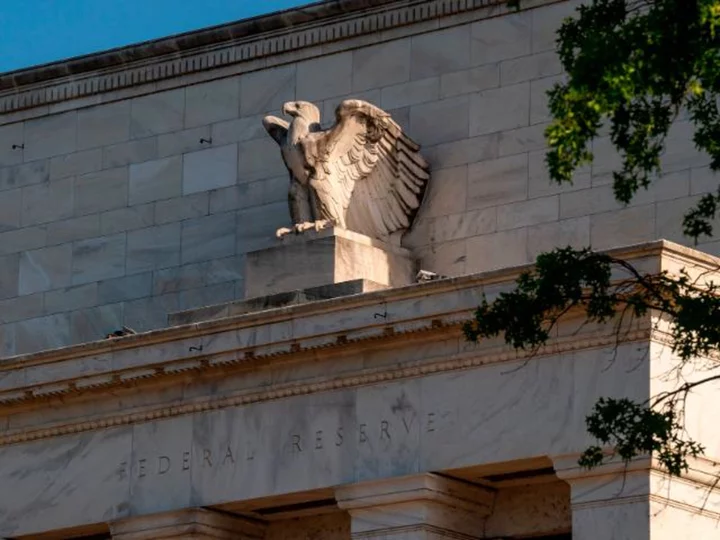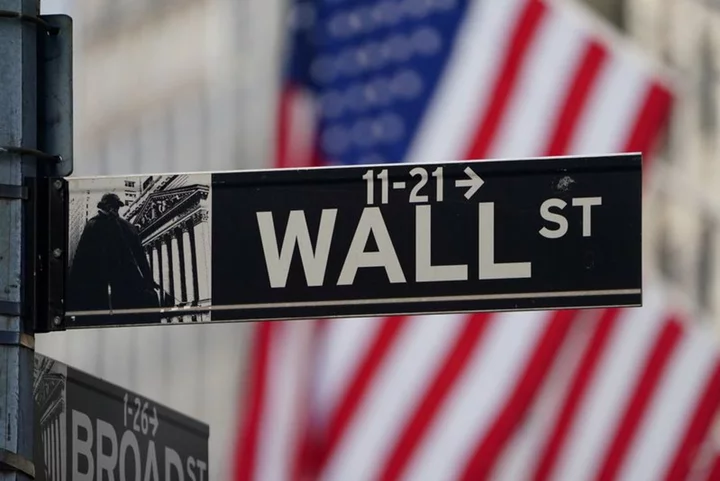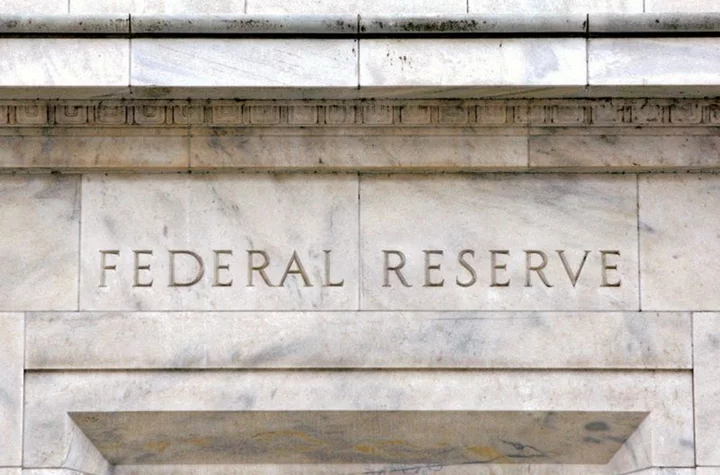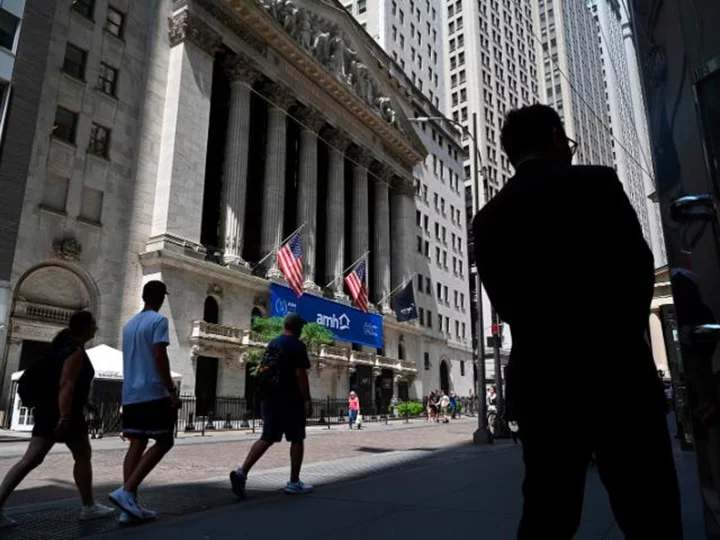FedNow is coming...now-ish. And that means money transfers are expected to get a whole lot faster.
Sure, you can currently Venmo or Zelle your friends instantly, but the banking system hasn't kept up. Most transfers currently run on old systems that take hours, or even days, to process the money. That's all set to change later this month when the Federal Reserve unveils its new system, FedNow, to allow banks to send domestic payments instantly — even at midnight on a Saturday, or on a holiday like Christmas Eve.
The Fed has so far been quiet about the exact date of release, but said in June that the service would roll out in late July with about 55 banks, credit unions and other providers approved to use the transfer service.
That means that companies like mortgage lenders can fulfill invoices right away, employees can get paid quickly and workers can receive their paychecks right away.
But there are also some potential downsides. Customers could take all of their money out of a bank in a second, resulting in an instantaneous bank run with no time for the government to intervene. FedNow is set to launch with a $500,000 per-transaction limit, which should help limit severe bank runs but that may not be low enough to prevent devastating runs on smaller banks.
Before the Bell spoke with Kevin Jacques, a partner at Cota Capital, to discuss what could go wrong and what could go right.
This interview has been edited and condensed for clarity.
Before the Bell: What is FedNow and why is it being implemented now?
Kevin Jacques: It's a network that lets banks transfer money between themselves and between the account holders at the different banks in a near-instant way. The Fed has tried at least twice before to build a network and it hasn't worked. Why now? When you look around the world, there are very successful real-time payment networks with similar architecture, which are very useful and growing. There's UPI in India and Pics En in Brazil, for example.
So who will be impacted by this and how?
Well, I think the impact will depend on exactly how rapid the adoption is and exactly what types of payment flows are the ones that drive the most volume. I think it will be used for business-to-business payments. For consumers and individuals it is probably a way that you would move money to pay a mortgage loan every month — a larger payment or something you might do in place of sending a wire.
We have a number of regional banks that are limited partner investors in our fund, and we make it a point to talk to the executives at those banks, and they seem to be taking a wait-and-see approach. One thing they have to think through is should they connect and integrate into FedNow or should they integrate into The Clearing House (a banking association and payments company that is owned by the largest commercial banks and dates back to 1853). It's going to cost them money to make that integration, so they don't want to do both.
You've said that FedNow could cause bank runs that are worse than what we saw with the collapse of Silicon Valley Bank, can you explain why?
At Silicon Valley Bank, account holders tried to wire out $42 billion to other institutions in one day. Wires today process overnight, so regulators at least had the opportunity to become aware of that much money leaving the bank at the close of business. They had a chance to intervene overnight before the bank completely imploded. If we switch to a system where that transaction happens instantly, regulators are going to have a lot less time to see what's going on and to act and intervene. There will be times where regulators will need to intervene in the future, so our argument is for velocity controls. A lot of thinking should go into the transaction size limits.
What do you mean by velocity controls?
If 10% of the assets and deposits that are at a particular bank were withdrawn in one day, it would create a total crisis for that bank. So velocity controls would measure and limit how much of the bank's deposits are leaving in a given period of time — or you might apply that threshold to an account holder: Are you taking your entire account out all at once? I am, however, heartened to hear that this is an issue regulators are paying attention to. I think they will hopefully come to a solution on it.
More mixed messages for the Fed
If the Federal Reserve was hoping that US jobs numbers would bring some clarity to the state of the economy and aid in their upcoming interest rate decision, they're out of luck. Friday's official unemployment numbers painted a very confusing picture.
Payrolls came in lower than expected, meaning the job market cooled off in June. Job gains for the month were nearly 100,000 positions below May's stronger-than-expected showing of 306,000 and also fell below economists' expectations for a net gain of 225,000 jobs.
That's the lowest monthly gain since a decline in mid-pandemic December 2020.
At first glance, that appeared as a win for investors in the Fed's "bad news is good news" economy, and markets popped on Friday morning.
"The job growth is slowing, but I don't actually think that's necessarily a bad thing," Rucha Vankudre, senior economist for labor market analytics company Lightcast, told my colleague Alicia Wallace. "In some ways this is great. We're continuing to see the soft landing that we're hoping for."
But then the uncertainty set in.
While job growth decelerated in June, wage growth remained firm.
The increase in average hourly earnings remained at 0.4% month on month, unchanged from May; and is up about 4.4% from last year.
"Wage growth ticked up and remains well above levels the Fed would be comfortable with in their efforts to bring inflation back to 2%," said Joseph Davis, global chief economist at Vanguard, in a note Friday.
Fed Chair Jerome Powell has repeatedly noted that persistent wage growth in a tight labor market could keep inflation levels elevated.
Markets slid by the closing bell Friday, erasing earlier gains and ending the day and week down.
The bottom line: "This doesn't change our forward expectation: Our view that the Fed is poised to continue its hiking cycle this month remains intact," wrote Candice Tse, global head of strategic advisory solutions at Goldman Sachs Asset Management, of the jobs report.
Meta makes good
Last week, Twitter owner Elon Musk challenged Meta CEO Mark Zuckerberg to a physical fight.
This week, Zuckerberg challenged Musk to a business battle.
Meta's Twitter rival Threads surpassed 100 million sign-ups, upended the social media landscape and appears to have rattled Twitter enough that it is now threatening legal action against Meta, reports my colleague Brian Fung.
The overnight success of Threads is a testament both to the dissatisfaction with Musk's ownership of Twitter and to the unique power and reach of one of Meta's most important properties: Instagram.
Instagram has more than two billion users, far more than the 238 million users Twitter reported having in the months before Musk took over. When new users sign up for Threads, which they do using an Instagram account, the app prompts them to follow all of their existing Instagram contacts with a single tap. It's optional, but is easy to accept, and it takes a conscious decision to decline.
By promoting Threads through Instagram, and by sharing Instagram user data with Threads to let people instantly recreate their social networks, Meta has significantly greased the onboarding process. That frictionless experience has allowed Threads to leapfrog what's known in the industry as the "cold start" problem, in which a new platform struggles to gain new users because there are no other users there to attract them.









